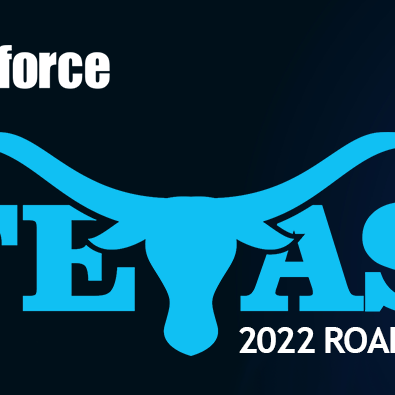The Future of Smart Cities: GE and Blueforce in New Bedford
Innovation can be a rare thing these days. Especially in big cities and towns where change is most difficult, yet these places can derive huge benefits from information. Hearing New Bedford Mayor Jon Mitchell speak this week, we have a whole new appreciation of State and Local innovation. Mayor Mitchell has a very progressive view for IoT in the city of New Bedford which has a total population of 95,072, making it the sixth-largest city in Massachusetts. New Bedford is nicknamed “The Whaling City” because during the 19th century, the city was one of the most important, if not the most important, whaling ports in the world, along with Nantucket, Massachusetts and New London, Connecticut.
Mayor Mitchell was the keynote speaker at an INEX Advisors IoT Impact Labs event that featured General Electric and Blueforce Development focused on Smart Cities. Mayor Mitchell said the city is an ideal size for business startups and scalable testing of new products. “We are in a position to drive implementation in a way that big cities can’t,†Mitchell said.  Indeed. General Electric and Blueforce are teed up to deploy next generation smart city solutions that drive enhanced levels of public safety, but also net new revenues through optimization of port services.
Joshua Paradise, a GE Current division representative told the assembled crowd in downtown New Bedford that municipal light fixtures are rapidly becoming a widespread choice for internet-connected data sensors. GE announced in February that its Current division would install new lighting at 5,000 J.P. Morgan Chase & Co. bank branches across the country, over the next two years. The replacements of 1.4 million lights with LED could cut the financial giant’s lighting-related energy use in half at its banks, the Wall Street Journal reported.
John Payne, an intelligent cities solution architect for GE, called Current “a billion dollar startup that GE has put together.†Current is by far the most exciting application level solution set for smart cities, and public safety in particular. In addition to GE representatives and LABS partners, the crowd included college students interning at GE this summer and leaders of regional tech companies. One such company was Newburyport-based Blueforce Development, which builds mobile software for public safety, national security and military applications.
Blueforce CEO Michael Helfrich, said the company has been shipping body-worn sensor systems since 2011. He talked about new and potential applications such as outfitting police canines with sensory equipment, sensors that give real-time readings on oxygen levels in firefighters’ air tanks, or internet-connected microphones in classrooms to provide audio to law enforcement during unfolding assaults or other violent incidents in schools.
Special thanks to Mike Lawrence of South Coast Today whose article provides additional detail some of which was shared in this post…



